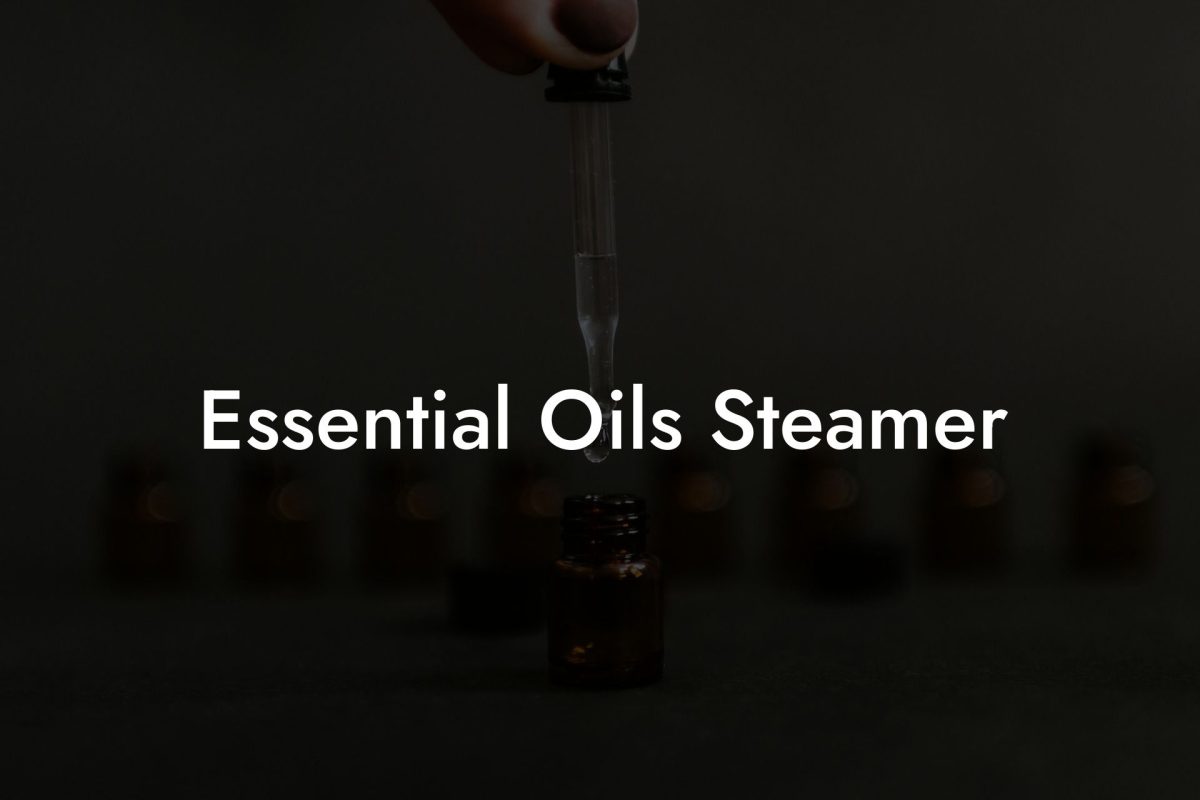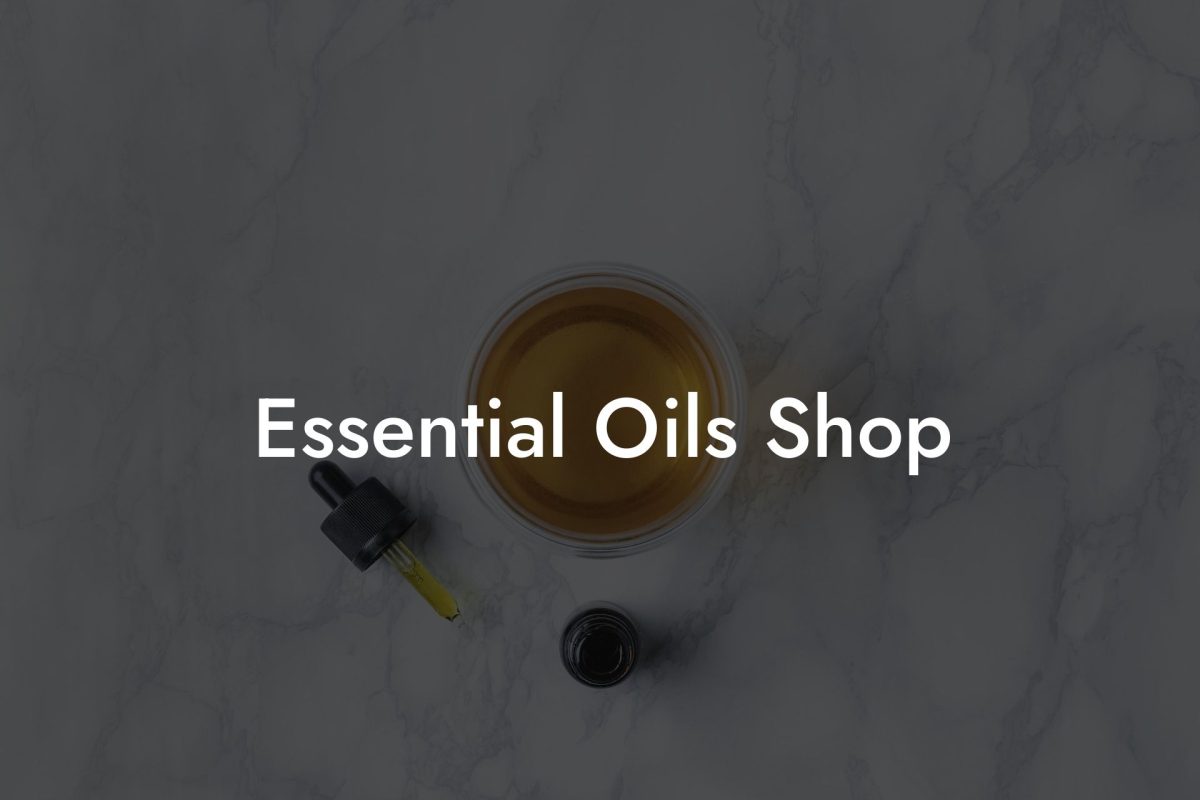Are you intrigued by the idea of creating your own essential oils? Perhaps you’re fascinated by the complex world of aromacology and want to learn more. In this comprehensive guide, we will delve into the world of essential oils, the methods of extraction, and how to create them at home. Get ready to embark upon an exciting, fragrant journey that will transform the way you experience scents.
Table of Contents
The Basics of Essential Oils
Essential oils are the highly concentrated, fragrant essences extracted from various parts of plants, including flowers, leaves, roots, and bark. These oils contain the true essence of the plant from which they are derived and are used for a wide range of purposes, from aromatherapy and holistic health to beauty and cleaning products.
Why Make Your Own Essential Oils?
Making your own essential oils allows you to:
- Control the ingredients and quality
- Choose your favorite fragrances and combinations
- Explore the calming and rejuvenating process of essential oil creation
- Save money on expensive, pre-made oils
- Create personalized gifts for loved ones
Methods of Extracting Essential Oils
There are several methods for extracting essential oils from plants, each with their advantages and disadvantages. The most commonly used methods include:
1. Steam Distillation
Steam distillation is the most popular method for essential oil extraction. It involves passing steam through the plant material, which causes the essential oil to be released as a vapor. The vapor is then condensed back into a liquid and collected separately from the plant material and water.
2. Cold Pressing
Cold pressing, or expression, is often used for citrus fruits, such as oranges, lemons, and grapefruits. This method involves mechanically pressing the fruit’s rind to release the essential oil, without the use of heat, preserving the oil’s natural properties.
3. Solvent Extraction
Solvent extraction is used for delicate plants and flowers that can be damaged by heat during steam distillation. In this method, a solvent (like hexane) is used to extract the essential oil, which is then separated from the solvent by evaporation.
Making Your Own Essential Oils at Home
Although steam distillation is the most common method for producing essential oils, it requires specialized equipment and can be tricky for beginners. Instead, we’ll explore two simpler methods suitable for creating oils at home:
1. Infused Oils
Infused oils are created by soaking plant material in a carrier oil (such as almond or jojoba oil), allowing the plant’s essence to be absorbed over time. This method is ideal for beginners and requires minimal equipment.
To make an infused oil:
- Select the plant material you want to use. Dry or wilt the plant material to remove any moisture.
- Place the plant material in a jar with a tight-fitting lid and cover it with your chosen carrier oil. Close the lid tightly.
- Store the jar in a warm, dark place for 4-6 weeks, shaking it every few days to ensure even distribution.
- After 4-6 weeks, strain the oil through a cheesecloth to remove the plant material. Bottle and label your infused oil for future use.
2. DIY Cold Pressing
This method is suitable for extracting essential oils from citrus fruits.
To make your own cold-pressed oil:
- Select the citrus fruit you want to use and wash it thoroughly.
- Using a zester or grater, carefully remove the outer rind, avoiding the white pith.
- Place the rind in a jar and tightly pack it down.
- Cover the rind with a carrier oil, close the jar, and shake vigorously.
- Allow the mixture to sit for a week, shaking it daily.
- After one week, strain the oil through a cheesecloth to remove the citrus rind and bottle your cold-pressed oil.
How Do You Make Your Own Essential Oils Example:
Imagine you want to create a calming lavender-infused oil. First, gather fresh lavender buds and let them dry to remove any moisture. Place the dried lavender buds in a jar and cover them with sweet almond oil. Store the jar in a dark, warm place for 4-6 weeks, shaking occasionally. After 4-6 weeks, strain the lavender-infused oil through a cheesecloth and bottle your new creation. Now you have your very own homemade lavender essential oil to use for relaxation, skincare, or as a thoughtful gift.
Congratulations! With this informative guide, you’re now equipped with the knowledge and techniques to create your very own essential oils. Whether you’re soothing your senses with lavender-infused oil or invigorating your mornings with cold-pressed citrus oils, the possibilities with essential oils are endless. Share this article with fellow aromacology enthusiasts and explore other guides on Oshu Oils to continue your aromatic journey. And don’t forget to explore the Oshu Oils range of essential oils for inspiration and direction. Happy oil-making!





















